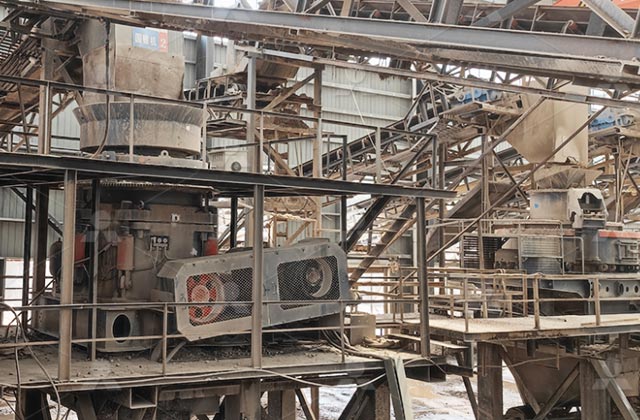Mining metal ore beneficiation is a crucial process in extracting valuable metals from raw ore. It involves various stages and techniques to enhance the purity and concentration of metals, making them suitable for further processing and utilization. One essential component of this process is the ore beneficiation crusher, which plays a significant role in breaking down the ore into smaller pieces for easier handling and processing.
Ore beneficiation begins with the extraction of raw ore from mines, which typically contains a mixture of valuable metals, minerals, and impurities. The extracted ore is usually in the form of large chunks or boulders that are too large to be directly used in metal production. Therefore, it needs to undergo beneficiation to improve its quality and extract the desired metals efficiently.

The beneficiation process typically involves crushing and grinding the ore to reduce its size and liberate the valuable minerals from the gangue (unwanted material). This is where the ore beneficiation crusher comes into play. The crusher is a mechanical device designed to break down large chunks of ore into smaller pieces suitable for further processing. There are several types of crushers used in ore beneficiation, each with its specific characteristics and applications.
One common type of ore beneficiation crusher is the jaw crusher, which uses a fixed jaw and a movable jaw to apply pressure to the ore and break it apart. Jaw crushers are suitable for primary crushing stages, where the ore is initially reduced in size before further processing. Another type is the cone crusher, which utilizes a rotating mantle and a concave liner to crush the ore between them. Cone crushers are often used for secondary and tertiary crushing stages, producing finer particles.
Impact crushers are also widely used in ore beneficiation, especially for processing softer materials. They work by impacting the ore with high-speed rotating hammers or blow bars, breaking it into smaller pieces. Impact crushers are versatile and can handle various types of ores, making them suitable for different beneficiation applications.
In addition to these primary crushers, there are also specialized crushers designed for specific ore types or processing requirements. For example, gyratory crushers are commonly used in large-scale mining operations for high-capacity primary crushing. Roll crushers are another type used for reducing the size of ore particles through compression.
The selection of the appropriate crusher depends on various factors, including the type of ore, its hardness, the desired product size, and the processing capacity required. Engineers and metallurgists carefully consider these factors when designing the beneficiation process to ensure optimal performance and efficiency.
Once the ore is crushed to the desired size, it undergoes further beneficiation steps such as grinding, screening, and flotation to separate the valuable minerals from the gangue. These additional processes aim to concentrate the metal content in the ore, making it economically viable for extraction and refining.
In conclusion, crushers play a critical role in metal ore beneficiation by facilitating the comminution process, liberating valuable minerals, and optimizing particle size distribution. Their efficient operation is essential for achieving high throughput, energy efficiency, and overall process performance in mining operations.
